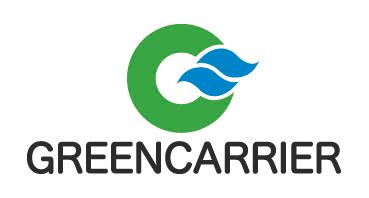News -
What You Need to Know About Container Coating
Over 90% of internationally standardized transport containers are produced in China. For decades, these containers have been coated with solvent-based paints, even though this type of paint has made a significant burden on both humans and the environment.
Why solvent-based paint is dangerous
For a long time, scientists have identified that solvent-based paints used on ships and containers are a possible provider to health threat for factory workers and greenhouse gases. When the solvent-based paint starts to fade, it releases Volatile Organic Components (VOCs), which leads to gases leaking into the atmosphere and attacking the ozone layer. During this fading process, the factory workers are exposed for a health hazard, since the gases from the solvents can irritate eyes, lung tissue and mucous membranes. Carcinogenic, teratogenic and mutagenic effects have been proven as other consequences from VOCs.
Already during 2008, ship builders started to use water-based alternatives. Right now, the container makers are also doing their part to help limit the emissions that are assumed to contribute to the climate change. Container manufacturers and suppliers in China have therefore committed to complying with a new set of rules regarding container coating. From April 2017, they are obligated to start using water-based paint instead of solvent-based paint.
What type of consequences does this paint shift cause and are there any benefits?
Read the full article here.
Related links
Topics
- Environment, Energy
Categories
- shipping
- containers
- greencarrier liner agency
- transport
- environment
